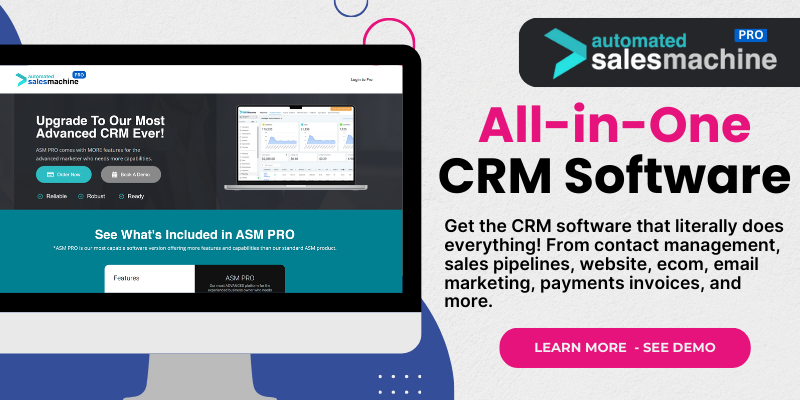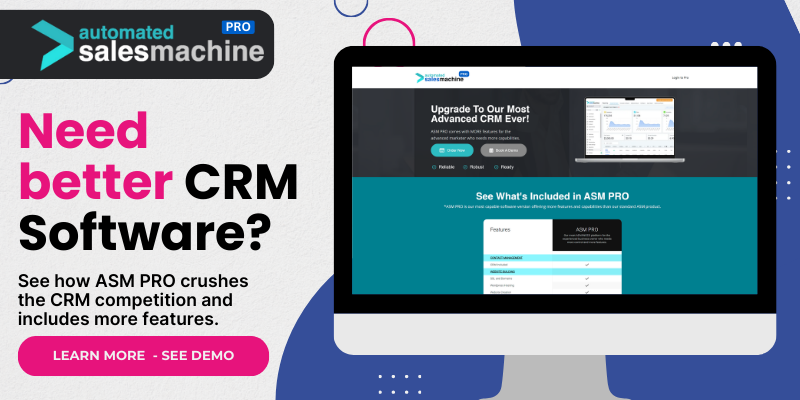1. Salesforce Education Cloud
Understanding the Basics
When I first dived into the world of CRM for higher education, Salesforce was the name on everyone’s lips. This platform is like the Swiss Army knife of CRM. Its Education Cloud is tailored specifically for higher ed institutions, providing tools that address the full lifecycle of student engagement.
It offers modules for everything from recruitment to retention, allowing schools to track prospective students all the way through graduation. I remember being blown away by how customizable the platform is. You can tailor features to fit your specific needs, which is a game changer.
Plus, the analytics capabilities are top-notch. You can get real-time reports that help you make informed decisions swiftly. That’s a big deal when you’re trying to keep up with changing student expectations in today’s digital age.
Integration with Existing Systems
One thing that stood out to me about Salesforce is its ability to integrate seamlessly with existing systems. If your institution is currently using other software or tools, the transition to Salesforce can be smoother than you might expect.
During my time implementing Salesforce at a local college, we found that it paired beautifully with their current student information systems. This made it easier to have a unified location for all student data, which ultimately improved our communication and reporting processes.
Being able to connect various platforms saves time and minimizes errors when entering data, which I think is a win-win for everyone involved—especially the students.
User-Friendly Interface
One of my favorite aspects of Salesforce is its interface. Even though it’s packed with features, navigating it feels pretty intuitive. As someone who’s not a tech guru, I appreciated how straightforward it was to train my fellow staff on using it.
They’ve put a lot of thought into how users interact with the platform, which minimizes the learning curve and encourages greater adoption among faculty and administrative staff. I think any system that empowers users leads to better outcomes for students in the long run.
Overall, Salesforce Education Cloud offers a robust set of tools that can genuinely enhance how an institution communicates and engages with its students. It’s been a significant asset in many schools I’ve worked with.
2. Ellucian CRM Recruit
Specialized for Higher Ed
Ellucian has carved out its niche with CRM Recruit, specifically designed for higher education institutions. When I first heard about it, I was intrigued by its strong focus on managing the recruitment process.
This platform allows institutions to efficiently gather and analyze data on prospective students, enabling targeted communication efforts. I can’t stress how vital this can be for engaging the right audience at the right time – it’s all about that personalized touch!
What I love is how it aligns with enrollment strategies, so you’re not just collecting data for the sake of it. You’re using that info to create actionable goals across departments, ensuring everyone is on the same page regarding recruitment efforts.
Engagement Features
The engagement features are also noteworthy. With tools like email campaigns and automated workflows, Ellucian CRM Recruit makes it super easy to connect with prospective students. I once assisted my university in launching a campaign that significantly boosted our inquiry rates.
We personalized the outreach based on past interactions and demographics, leading to increased responses and registrations. It’s all about harnessing data to create meaningful conversations, and CRM Recruit excels at this.
Additionally, their user-friendly analytics dashboard makes it easy to see what’s working and what needs adjustment, allowing teams to pivot quickly if necessary.
Collaboration Opportunities
Another standout quality of Ellucian CRM Recruit is how it promotes collaboration across departments. Higher education isn’t a solo effort; it takes a village to help students succeed.
I found that the platform encouraged communication between admissions, marketing, and financial aid departments. By sharing insights and data, the whole student lifecycle becomes smoother, which ultimately fosters a better experience for the student.
This collaborative approach is something that I believe is essential in today’s educational environment, where both students and institutions benefit from a cohesive strategy.
3. HubSpot for Education
The Power of Inbound Marketing
When I think of HubSpot, I think of inbound marketing, and it turns out it’s not just for traditional businesses. HubSpot for Education takes all that inbound magic and applies it to higher education, which is pretty nifty.
This software allows institutions to attract, engage, and delight students through targeted content marketing strategies. I’ve seen colleges develop blogs, videos, and informational content targeted at potential students, and the results were pretty phenomenal.
By focusing on providing valuable content first, they’re able to build trust and establish a stronger connection with prospective students before they even step foot on campus, which is something I’m all for.
Analytics and Reporting
Another awesome feature of HubSpot is its extensive analytics capabilities. You can track how well your content is performing and what kind of engagement you’re getting. One time at a marketing seminar, I ran into some educators who used HubSpot’s reporting to completely revamp their student outreach efforts.
The metrics helped them identify which types of content resonated most with prospective students, leading to more targeted and effective campaigns. It was a huge wake-up call on how data can drive decisions in higher ed marketing.
This focus on analytics empowers teams to make data-driven decisions, ultimately allowing for a more strategic approach to engaging students throughout the recruitment process.
Cost-Effective Solution
HubSpot also offers a range of pricing options, including a free version which is a fantastic starting point for smaller institutions. I’ve often recommended it to schools looking to dip their toes into CRM without a hefty investment.
This accessibility means that schools can still leverage sophisticated marketing tools to reach students effectively, even on a tight budget. And once a school is accustomed to using the platform, scaling up as needed is straightforward.
In my experience, I’ve seen that HubSpot can level the playing field for many smaller institutions, allowing them to compete in a crowded market without breaking the bank.
4. TargetX
Built Specifically for Higher Ed
Let’s talk about TargetX! I came across this CRM while looking for solutions tailored specifically for higher ed, and it really intrigued me. What sets it apart is its focus on student experience throughout their entire educational journey.
TargetX does a great job of streamlining recruitment and admissions processes while allows institutions to maintain their unique branding. One feature I found particularly cool was the mobile application, which makes it easier for students to engage with the institution anytime, anywhere.
This flexibility is essential, especially for today’s tech-savvy students who appreciate being able to connect on their terms. I believe that enhancing the student experience can lead to more enrollments and improved retention rates.
Community Engagement Features
What’s also rad about TargetX is its focus on building community. I’ve seen how it enables institutions to foster student engagement, which was crucial during those odd pandemic years.
The tools provided allow for interaction among current students and alumni, giving prospective students a real sense of what being at the institution is like. I remember being part of a live Q&A session driven by TargetX that showcased student experiences, and it really made an impact.
That community feeling can make all the difference in a student’s decision on where to enroll. Tailoring such initiatives through effective CRM tools is smart, and I think TargetX does this well.
Customizable Workflows
Lastly, the customizable workflows are a significant selling point. I’ve had great success with institutions that utilize this feature to align their processes with specific student needs effectively.
By automating certain tasks, teams save valuable time and resources while maintaining that personal touch with prospective students. It’s a win-win situation – you streamline operations without losing the human element.
The ability to adapt workflows based on institutional culture or changing needs speaks volumes to TargetX’s flexibility, making it a solid choice for many schools.
5. Microsoft Dynamics 365 for Education
Comprehensive Features
Finally, let’s dive into Microsoft Dynamics 365 for Education. It’s a powerful tool that I believe gets overshadowed too often in the CRM space. With a wide range of features, it can support various functions from management to finance.
What I appreciated most was its comprehensive nature—allowing for not just student management, but also alumni engagement and other operational details that are critical for long-term success.
Having all that in one place can alleviate a lot of the fragmentation that many institutions experience with multiple software systems. This means you can build more cohesive engagement strategies that cover every part of the student lifecycle.
Integration with Microsoft Tools
Being a Microsoft product, it seamlessly integrates with other tools that schools often use, like Office 365. I found that this was a massive added bonus, especially when it came to collaboration on documents and projects.
When teams can effortlessly collaborate using tools they’re already comfortable with, it cuts down on learning time and helps everyone focus on what truly matters—helping students succeed.
It just makes sense to leverage the tools you already have instead of complicating matters with unfamiliar systems.
Advanced Analytics
The advanced analytics provided by Microsoft Dynamics 365 allow schools to take a deep dive into student and institutional performance metrics. I can’t tell you how invaluable this is for making strategic decisions.
This data helps educators not only track performance but also predict future trends and behaviors, allowing them to better serve their students. It creates a proactive rather than reactive approach to student engagement.
In a world where data drives decisions, having a comprehensive analytics tool is a no-brainer for institutions looking to strategically enhance their recruitment and retention efforts.
Frequently Asked Questions
1. What is CRM software in higher education?
CRM software in higher education is a tool that helps institutions manage their interactions with current and prospective students. It streamlines processes and enhances communication, ultimately improving student recruitment and retention.
2. Why is Salesforce considered a top CRM for education?
Salesforce is considered one of the best CRM options due to its extensive customization capabilities, robust analytics, and comprehensive suite of tools designed specifically for managing student relationships throughout their educational journey.
3. How does HubSpot benefit higher education institutions?
HubSpot aids higher education institutions by enabling targeted inbound marketing strategies that attract and engage prospective students, while also providing detailed analytics and user-friendly tools for managing communication efforts.
4. Can smaller institutions use these CRM tools effectively?
Absolutely! Many of these CRM platforms, like HubSpot and Salesforce, offer scalable solutions and different pricing tiers, making them accessible for smaller institutions aiming to enhance their outreach without overwhelming their budgets.
5. What factors should a college consider when choosing a CRM?
Colleges should consider factors like ease of use, integration capabilities, analytics options, and the specific needs of their student population. It’s essential to choose a CRM that aligns with the institution’s goals to improve student engagement effectively.

